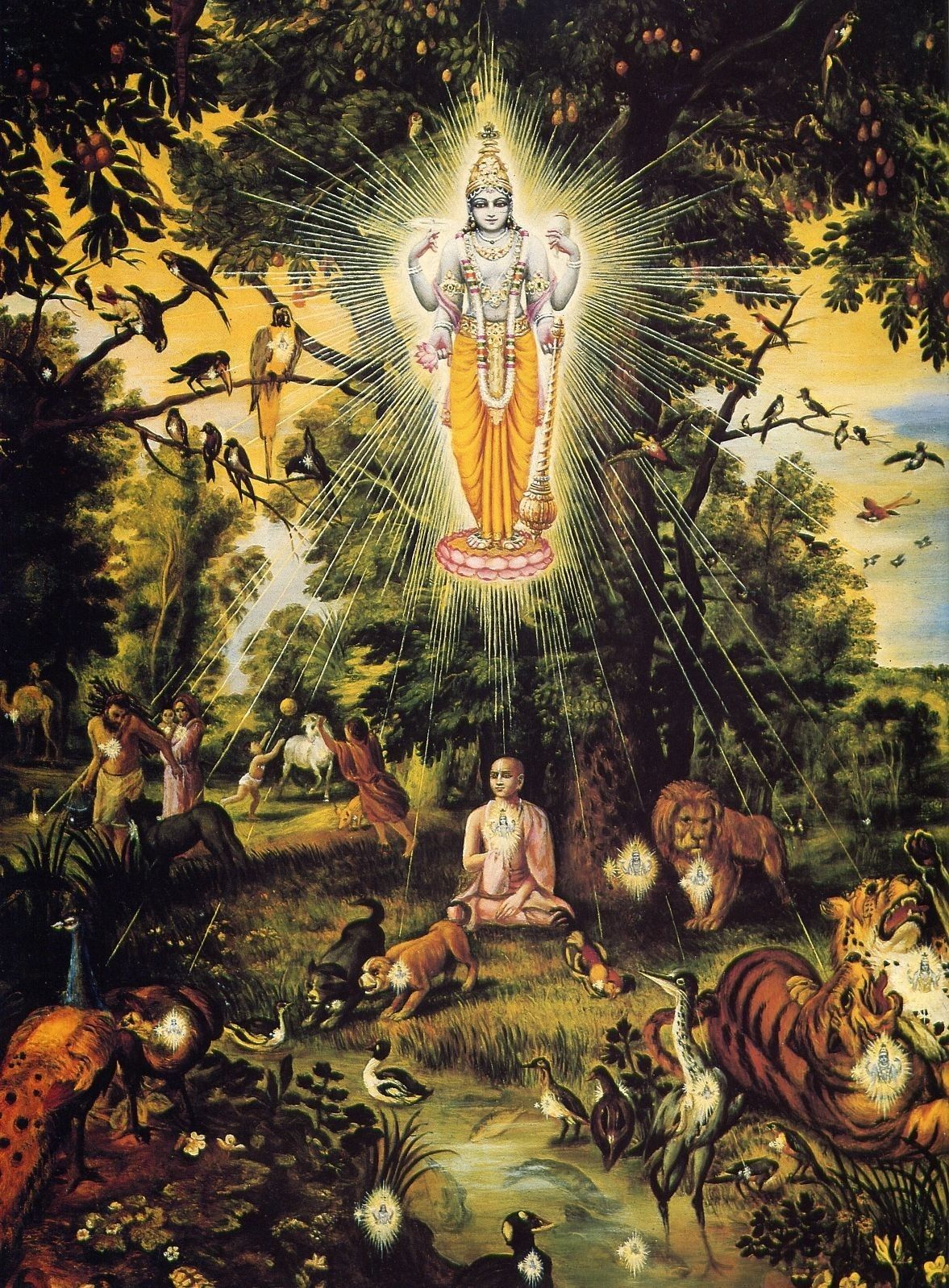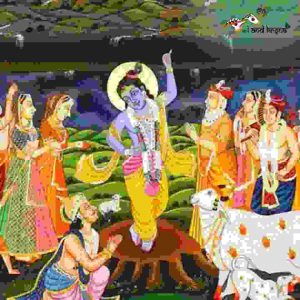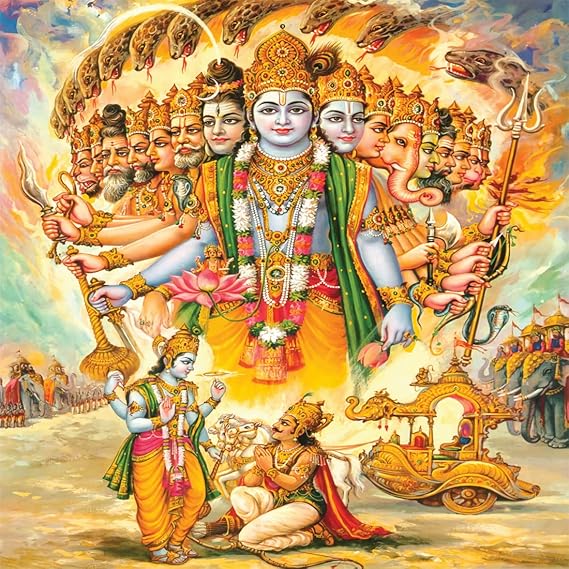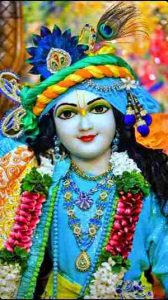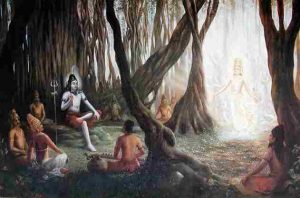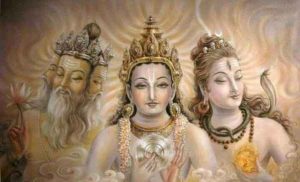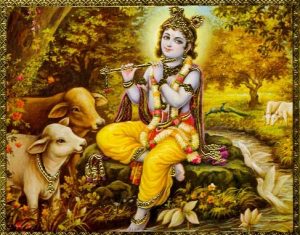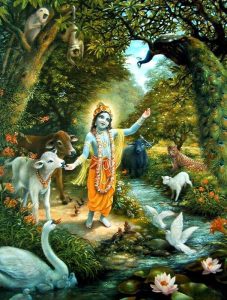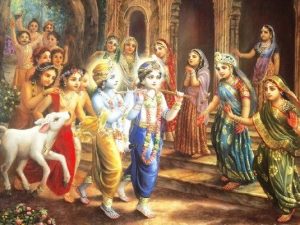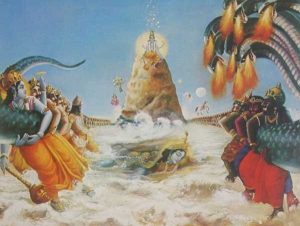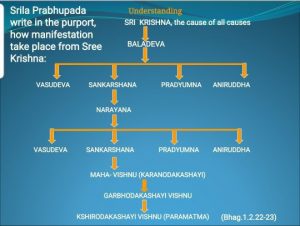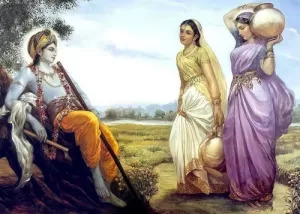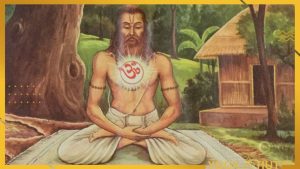Mayadevi/ Durga is known in different places of the earth with different names.
“Because Kṛṣṇa and His energy appeared simultaneously, people have generally formed two groups — the śāktas and the Vaiṣṇavas — and sometimes there is rivalry between them. Essentially, those who are interested in material enjoyment are śāktas, and those interested in spiritual salvation and attaining the spiritual kingdom are Vaiṣṇavas. Because people are generally interested in material enjoyment, they are interested in worshiping Māyādevī, the energy of the Supreme Personality of Godhead. Vaiṣṇavas, however, are śuddha-śāktas, or pure bhaktas, because the Hare Kṛṣṇa mahā-mantra indicates worship of the Supreme Lord’s energy, Harā. A Vaiṣṇava prays to the energy of the Lord for the opportunity to serve the Lord along with His spiritual energy. Thus Vaiṣṇavas all worship such Deities as Rādhā-Kṛṣṇa, Sītā-Rāma, Lakṣmī-Nārāyaṇa and Rukmiṇī-Dvārakādhīśa, whereas durgā-śāktas worship the material energy under different names.
The names by which Māyādevī is known in different places have been listed by Vallabhācārya as follows. In Vārāṇasī she is known as Durgā, in Avantī she is known as Bhadrakālī, in Orissa she is known as Vijayā, and in Kulahāpura she is known as Vaiṣṇavī or Mahālakṣmī. (The representatives of Mahālakṣmī and Ambikā are present in Bombay.) In the country known as Kāmarūpa she is known as Caṇḍikā, in Northern India as Śāradā, and in Cape Comorin as Kanyakā. Thus she is distributed according to various names in various places.
Śrīla Vijayadhvaja Tīrthapāda, in his Pada-ratnāvalī-ṭīkā, has explained the meanings of the different representations. Māyā is known as Durgā because she is approached with great difficulty, as Bhadrā because she is auspicious, and as Kālī because she is deep blue. Because she is the most powerful energy, she is known as Vijayā; because she is one of the different energies of Viṣṇu, she is known as Vaiṣṇavī; and because she enjoys in this material world and gives facilities for material enjoyment, she is known as Kumudā. Because she is very severe to her enemies, the asuras, she is known as Caṇḍikā, and because she gives all sorts of material facilities, she is called Kṛṣṇā. In this way the material energy is differently named and situated in different places on the surface of the globe.”
Source:A.C. Bhaktivedanta Swami Prabhupada (2014 edition), “Srimad Bhagavatam”, Tenth Canto, Chapter 02 – Text 11-12








